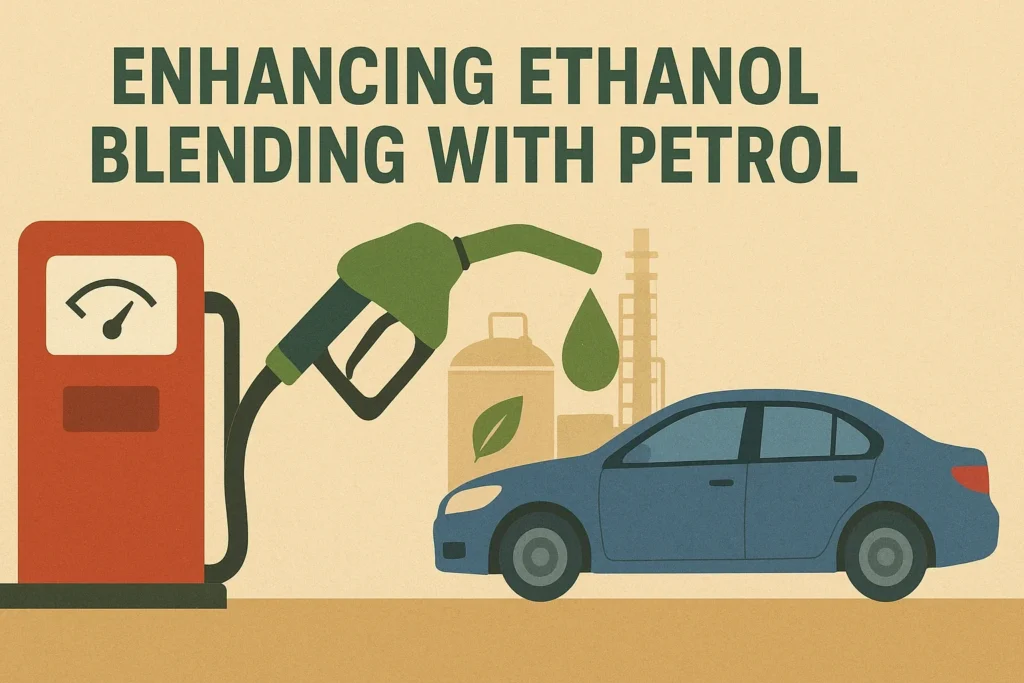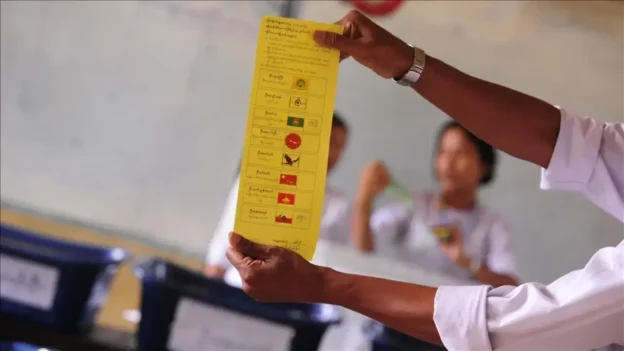As the Supreme Court of India recently dismissed a public interest litigation (PIL) challenging the ethanol blended petrol program, launched by the Union government in New Delhi, vehicle-used petrol with 20 percent ethanol gets the green signal for selling through over 90,000 petrol pumps (fuel stations) across the country. The plea was made to direct the government to continue supplying ethanol-free petrol for consumers along with the Ethanol 20 (E20) petrol for the benefit of older vehicle owners, which are understood as non-compatible with the new mixture of petrol.
Now New Delhi may push for more volume of ethanol blending with petrol, which would need pre-research and adequate awareness among the subscribers about its implications in the backdrop of national interest. It’s assumed that the government is going for 30 % ethanol blending with petrol by 2030.
Ethanol, also known as ethyl alcohol, is commonly used as a biofuel for internal combustion engines. Composed of carbon, hydrogen and oxygen atoms, the ethanol (C2H5OH) can be described as a colourless and flammable liquid, which burns cleaner than many hydrocarbon-based fuels. Nontoxic and biodegradable, ethanol has a characteristic odour and taste. The renewable fuel can be produced using fermentation processes from crops like sugarcane, maize, corn, rice, and other agricultural biomass. Now it’s mixed with conventional petrol (gasoline) to prepare a flex-fuel for vehicle uses.
India started blending ethanol with petrol in 2000 with E5, which later enhanced up to E10 by 2022. By 2025, the country achieved the target of promoting E20, ahead of the original target year 2030. In fact, the E20 fuel mission was launched in April 2023 following the dream of Prime Minister Narendra Modi to reduce the emission of greenhouse gases like carbon monoxide (CO), hydrocarbons (HC), particulate matter (PM), etc and finally improve the goal for national energy security.
The petroleum & natural gas ministry claimed that from 2014 to 2024, over Rs 1 lakh crore have been saved in foreign exchange by substituting imported crude oil with ethanol-blended fuel. This year, the forex savings are expected to reach Rs. 43,000 crores. With the E24 initiative, Indian farmers have also been benefited by over Rs 1.20 lakh crore (from 2014–15 ethanol supply year till July 2025), where they have received nearly Rs 40,000 crore through ethanol-linked crop procurement in 2024–25.
It also helped reduce carbon dioxide (CO₂) emissions by nearly 725 lakh metric ton in the air. The ethanol production in the country (for blending with petrol) increased from 38 crore litres in 2013-14 to over 660 crore litres by middle of this year. Today, India becomes the 4th largest producer of ethanol across the world.
A ministry statement recently stated that the ethanol, being lower in energy density than petrol, may result in a marginal decrease in mileage, estimated at 1-2% for four-wheelers designed for E10 and calibrated for E20, and around 3-6% in others. This marginal drop in efficiency can be further minimised through improved engine tuning and use of E20-compatible materials, which leading automobile manufacturers have already adopted. It also argued that the mileage of vehicles is influenced by a variety of factors (like efficient driving, wheel alignment, tyre pressure, etc) beyond just fuel type. Moreover, the fuel efficiency drop in E10 vehicles remains marginal and a section of automobile manufacturers launched E20 compatible vehicles as early as 2009.
Even after supporting the government’s initiatives to reduce the dependence of fossil fuel (as New Delhi has to spend a huge volume of money for its import), restricting environmental pollution and also improving the rural economy (with ethanol production), one can argue that the modern vehicles (read manufactured after 2022) can consume E20 with no visible problems.
However, 80 % petrol-run vehicles in India are actually calibrated for E5 or E10 fuel. So those vehicles may need a one-time repair of the engine fuel tank, carburetor, gaskets and other metals in the system, if E20 or with more ethanol is regularly used. Hence a countrywide study becomes necessary to assess any long-term impact on those vehicles both on performance and sustainability, so that the up-gradation to E30 standard becomes smooth in the coming days.
The writer is a professional journalist who graduated from Assam Engineering College (under Gauhati University)







